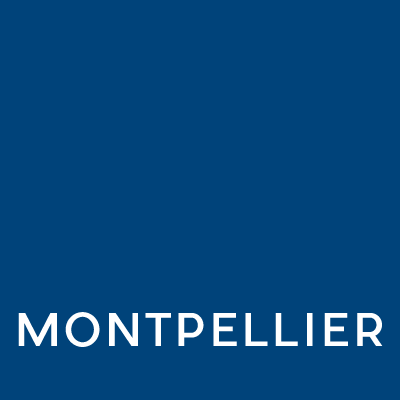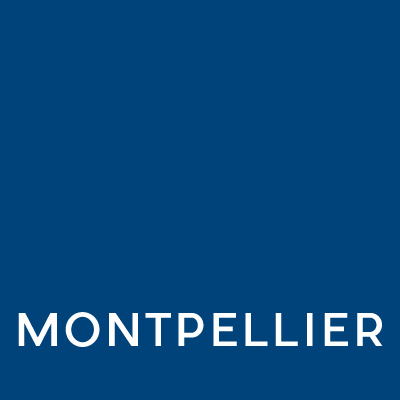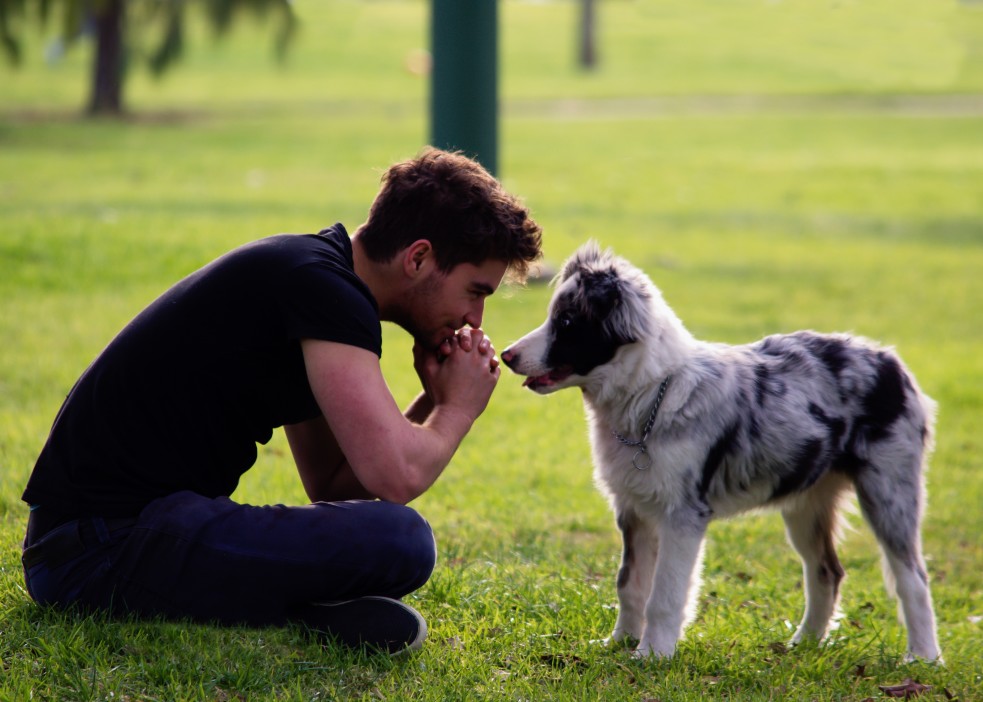The phrase, ‘it ain’t what you say it’s the way that you say it,’ is just as appropriate in print or on the web as it is in spoken word according to Roger Taylor, Creative Director at Montpellier Creative. Here Roger flags up a few point for you to consider.
One of the most important decisions you make when looking at presenting your company visually is the typeface you use. In the design world typography is the equivalent to your tone of voice. Choosing your typographic style therefore, is not unlike choosing a voice-over actor to speak your message.
Questions you should ask yourself include; what style best fits your image? Do you want to shout your message or whisper it? Do you want to appear serious and informative, modern and stylish, fun or funky? Will the typography work with the images that you are intending to use or is type alone the visual interest on the page or screen? Where will it be read; on screen, in a brochure, an advert or poster? What else is going to be around it, how can your message stand out from the crowd?
As a general rule of thumb, use fonts from just two type families in any one document. This will provide structure and a more uniform approach to the design. Use all ‘caps’ sparingly to aid legibility.
Whilst it’s tempting to make important text bold and in capitals to make it stand out, but do this too much and the least important text stands out because not only is it easier to read in upper and lowercase, it also stands out because it is different.
If designing a poster, don’t put the headline in all caps if it is more than just one word. The viewer won’t have time to read it. Equally a fancy typeface may provide distinction and help convey the style that you intend, if over-used it can inhibit the posters readability. As with most things, the rule to keep in mind is ‘everything in moderation’.
Whether it is a brochure or online, break up body text into manageable chunks with plenty of sub heads to help people skim read. If the amount and style of text on a page looks intimidating the viewer is likely to skip the whole page and read nothing.
Likewise, when designing headline text on a poster, advert or brochure cover, try to make the text flow in the same way that you would like the viewer to read it. By making the just the key words or phrase within the headline larger you can make a long headline more readable in much the same way that body text is broken down into easily digested chunks.
With all of these techniques the end result is to get the important part of your message through to the viewer quickly before they move on. Once you have them hooked you can start to elaborate on the details.









